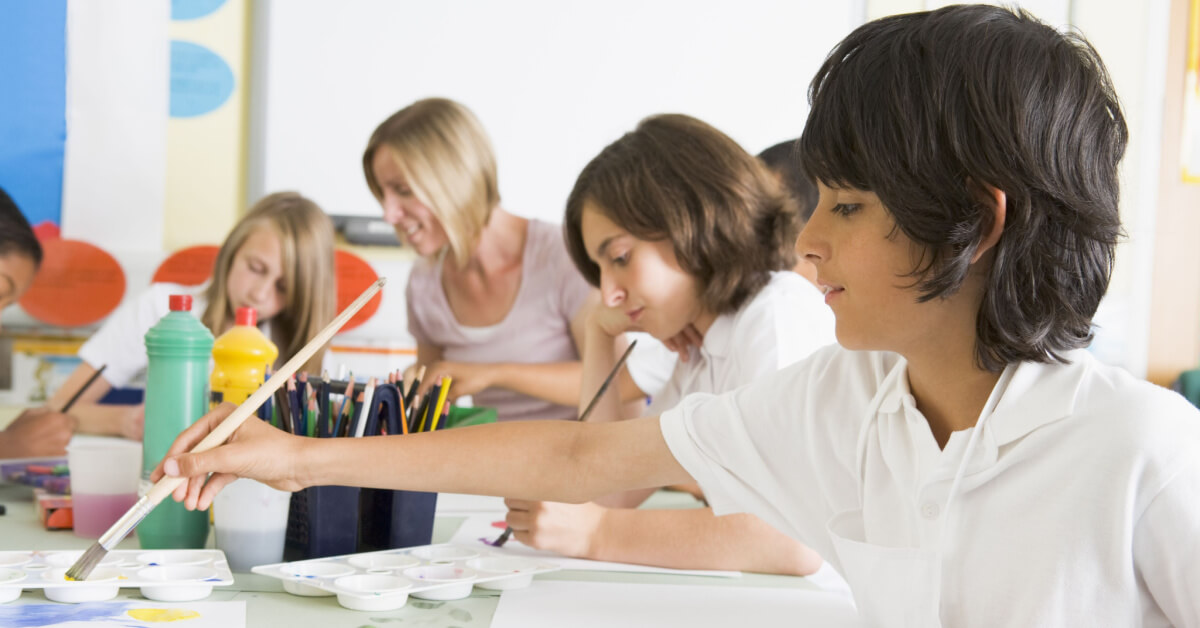As our school communities begin to rebound from the effects of covid and the mitigation efforts, it will be tremendously helpful to create opportunities for students to experience the arts. There is strong evidence that doing more art and focusing on mindfulness can dramatically improve skills for emotional resilience. Make no mistake, these last couple of years have been traumatic — for students and teachers alike. We need to clearly acknowledge these wounds and make changes, even radical changes, to allow for healing. The mental health epidemic demands no less.
Any type of artistic experience can quite literally change the brain though increases in dopamine and serotonin, focused periods of deep work and self-acceptance. Students become better able to handle intense emotions, better able to participate in the life of the school and become academically more successful as their functional IQ increases. These experiences directly help regulate the nervous system, allowing students to be present for learning.
While it’s tempting to start the new year with a focus on content and competencies, building a supportive foundation for emotional learning is critical, particularly after such a long period of being distanced. In fact, the only…



